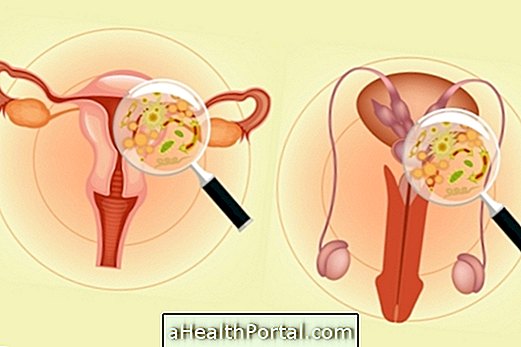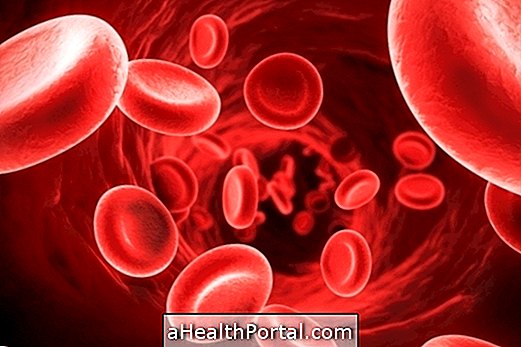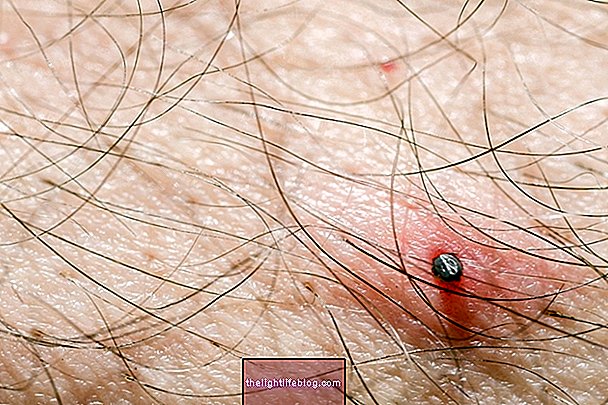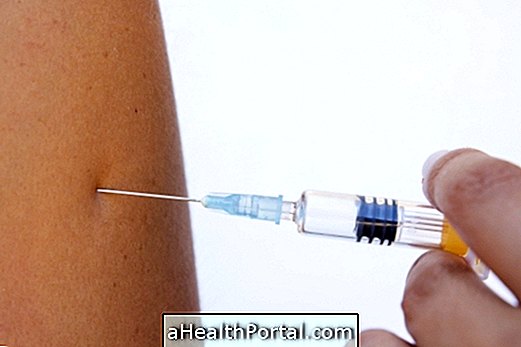Cancer in the vagina is rare but is closely linked to HPV infection and about 70% of women with HPV have the virus.
HPV covers about 150 types of virus but not all of them cause cancer, and those that are considered carcinogenic are types 6, 11, 18 and 31 that can cause cervical cancer, vulvar cancer and vaginal cancer. The presence of the virus in the tissues of the reproductive system injures the vaginal walls leading to the formation of ulcers that can bleed and become infected.
Usually who can detect the presence of HPV early, through the pap smear and follow the treatment until the end, is cured and does not develop any cancer in this region, however, if the woman does not detect and treat HPV lesions can evolve and become a cancer, having less chance of cure.
Learn all about HPV.

How to Identify HPV or Vaginal Cancer
Lesions can be discovered through examinations such as:
- a pap smear consisting of scraping the cervix with a kind of swab, which should be analyzed in the laboratory,
- a collection of small samples from the walls of the vagina and cervix to analyze the presence of HPV or
- colposcopy that consists of performing a biopsy of the tissue of the uterine cervix that has lesion seen by the colposcope.
The main sign of HPV is the presence of small ridge-like warts or plaque in the affected region, but since it is not possible to see the entire region of the vagina easily the exams are essential for diagnosis. When cell differentiation has already occurred there may be symptoms such as:
- Bad smell;
- Pain during intimate contact;
- Pain / burning when urinating.
These symptoms can be confused with several other diseases and therefore, tests should be done to confirm the diagnosis that can be made with exams such as pap smears, biopsy and colposcopy.
If vaginal cancer is diagnosed, treatment that can be done through radiotherapy or surgery to remove the tissues compromised by the disease should be started. Learn more details on how Vaginal Cancer Treatment can be done.







-o-que--sintomas-e-tratamento.jpg)

















